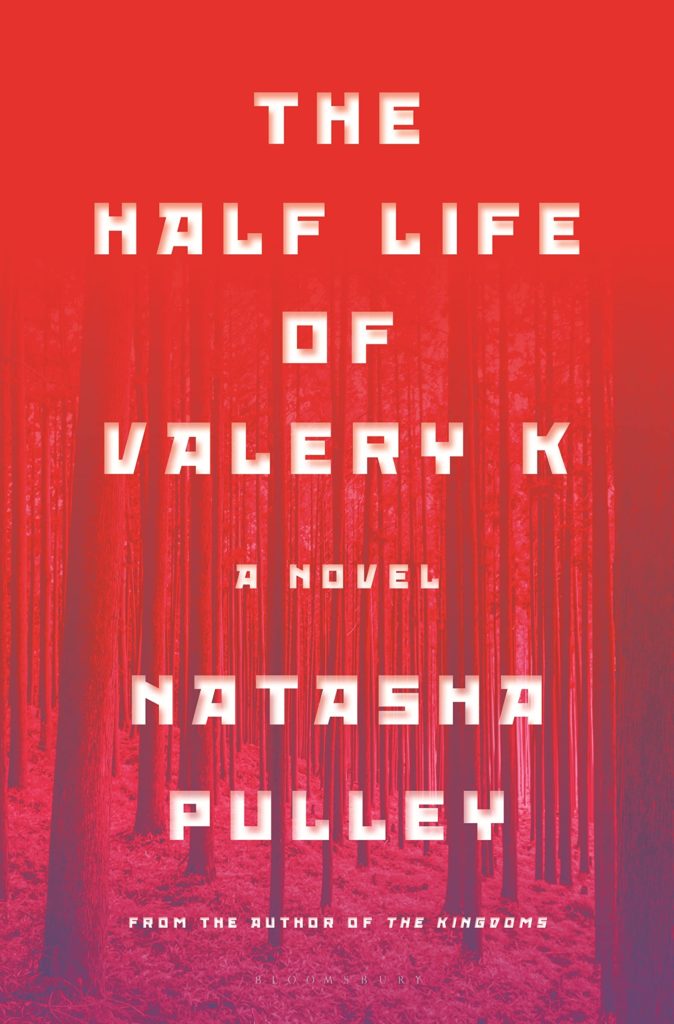Valery Kolkhanov is plucked from an indeterminate sentence in a Soviet gulag and brought to a strange Russian town, Chelyabinsk-40. He is billeted with his fellow Soviet scientists who are all studying the long-term effects of exposure to nuclear radiation via their various specialties. Valery isn’t quite sure why he was chosen, even though he is an expert in biology and radiation.
Ostensibly, he is supposed to be tracking radiation effects on wildlife, using specific locations in a recovering forest. When his results are orders of magnitude higher than the official Soviet government ranges, he gets suspicious of their actual plans. He wavers between towing the party line and seeking to warn people about their probable exposure.
The way around the lake was dark, but the night was bright. With the halogens of the Lighthouse facility and the town a good way behind him, the marshlands were silver under the stars. In the distance, the forest creaked in the breeze that blew in from the Urals, perhaps a little louder than healthy trees would have. Out into the lake, the weird shallow section looked like a glass spill, the moonlight making ripple shadows on the concrete just under the surface. He had a strong feeling he was walking beside the corpse of a lake, not a living one. There was something fossilised about it. But perhaps that was because, in his mind, the dark water was just a veneer over the smoky pall of radiation on the lake bed, whirling in black plums where the current pulled it into Techa and beyond. ~Pg. 99
There is an eerie, unsettled quality to everything Valery sees. He knows nothing is what it seems. As a scientist, he can accurately calibrate and test and report, but he cannot convince others of what they cannot see. He lives in a continual limbo of too much knowledge and no outlet. And within the Soviet construct, there is no room for independent thinking. There is no such thing as a whistleblower. In this bizarre, mechanical laboratory setting Valery swings from automaton in survival mode to someone with thawing emotions. Despite everything he has been through, he finds glimmers of humanity and moments of good.
Valery pretended not to hear. Very lightly he touched the top of the lead box. It was warm. If he were to open the box, the uranium inside would be unspectacular. Uranium was just an inoffensive grey metal. But if you would see further up the electromagnetic spectrum, past visible light, past ultraviolet, to the blasting intensity of gamma rays; it would look like a star.
Yet even in this most hopeless of places, Valery finds friendship and hope. The KGB agent assigned to the lab behind the barbed wires in Chelyabinsk-40 begins to see the cracks in Valery’s perfect Soviet obedience. The question is, will he help Valery expose the truth, or will he default to Russian operative tactics.
Regular readers of Natasha Pulley will find this novel to be least like any of her others. While there are some winks to her other universes (a pet octopus, a lighthouse), this may be her most grim. The alternate realities explored by her previous characters exist only in the author’s imagination. Here it is a battle of conflicting realities — the one which is killing people covertly and the one which the government wishes to portray.
Chelyabinsk-40 was a real place, one of many such secret cities in the Soviet Union. The area was home to a plutonium mine, a laboratory facility, and a ‘typical’ town. The Soviets lured people to live there by making sure the shelves were full of groceries, furs, perfumes and other luxury goods. People had decent jobs, nice houses, and excellent schooling. All the while they were quietly being poisoned by the same government that fed them. To this day, it is considered the most contaminated place on earth and people still choose to live there. Pulley has imagined a story out of the millions that were left untold.
My thanks to Rosie at Bloomsbury for the review copy.
Publisher: Bloomsbury Publishing (July 26, 2022)
Language: English
Hardcover: 384 pages
ISBN-10: 1635573270

